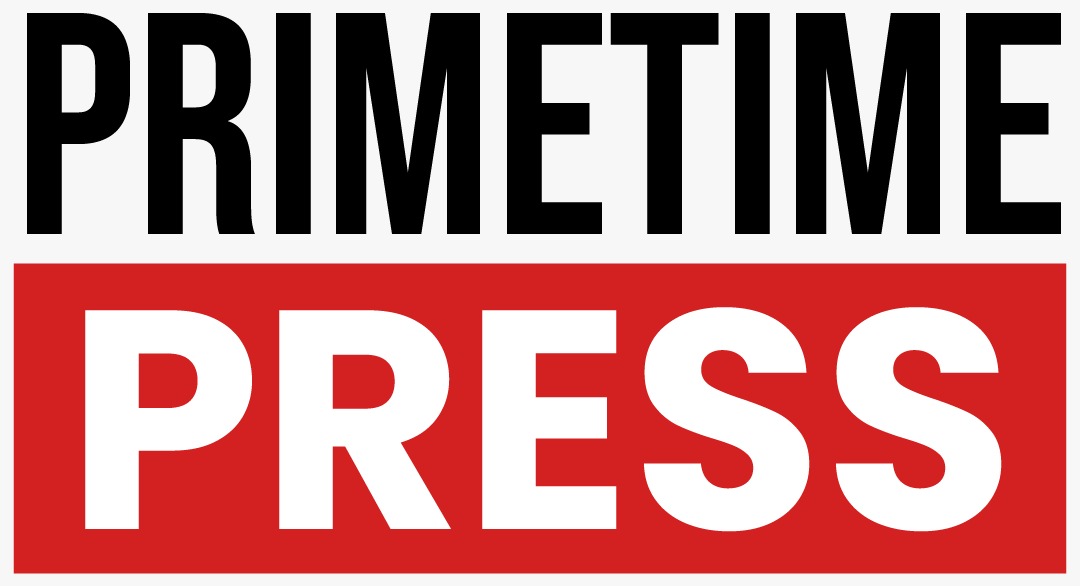On July 24, 2025, S&P Global’s flash data showed that U.S. private-sector business activity strengthened markedly, led by a robust upswing in services. The services PMI jumped to 55.2, a seven-month high, signaling healthy expansion, while the manufacturing PMI dipped to 49.5, marking its first contraction since December.
The divergence between sectors was particularly stark. The services sector drove the rise in the composite PMI, which climbed from 52.9 in June to 54.6 in July—highlighting the private sector’s overall strength despite manufacturing softness.
Businesses across both sectors reported rising inflationary pressures—driven largely by recently introduced U.S. tariffs, which elevated input costs. Approximately two-thirds of manufacturers and 40% of service firms said they had passed those increased costs onto customers—a shift that suggests consumer price inflation may remain elevated above the Fed’s 2% target.
Even with higher activity levels, business sentiment remained cautious. Companies cited continued uncertainty around trade policy, weakening demand, and policy shifts such as reductions in state funding, all of which weighed on confidence amid cost pressures and uneven economic conditions.
The labor market stayed stable, with initial jobless claims falling to a three‑month low of 217,000 in the week ending July 19, reflecting steady underlying employment despite slowing hiring in some sectors.
S&P Global now estimates that third-quarter U.S. growth is tracking at an annual rate of approximately 2.3%, up from around 1.3% in Q2. However, growth may slow next year—S&P projects full‑year 2025 growth nearer 1%, down from 2.8% in 2024—due in part to waning tariff stockpiling and rising price pressures.
Read Also: https://primetimepress.com/nj-local-marketing-enhancing-local-business-visibility/
The July PMI outcomes reflect a service‑led rebound in U.S. economic momentum. While services firms benefited from rising demand and employment, metals, inputs, and logistics costs continued to climb—strain tied to trade tensions and higher tariffs.
Manufacturing firms, in contrast, signaled a pullback in activity for the first time this year, citing weakening orders and elevated input costs. Many are beginning to unwind inventory stockpiles triggered earlier in the year ahead of tariff announcements.
Input price inflation remains a concern. Selling prices have risen in both sectors, though service firms faced less resistance in passing increases compared to manufacturers—partly due to strong consumer demand, even as companies broadly reported consumer pushback.
This mixed picture leaves the Federal Reserve likely to hold rates steady in coming meetings. Elevated inflation, driven by labor costs and tariffs, and cautious hiring despite stable employment suggest policymakers will remain data‑dependent and hesitant to signal any rate cut in the near term.
In summary, July’s PMI data show the U.S. economy remains service‑sector led: consumer and business services firms are driving activity growth, while manufacturers face mounting headwinds from trade‑related cost pressures. Inflation remains sticky, despite strong activity, and sentiment remains guarded—setting the stage for continued caution from the Federal Reserve in navigating economic uncertainty.

